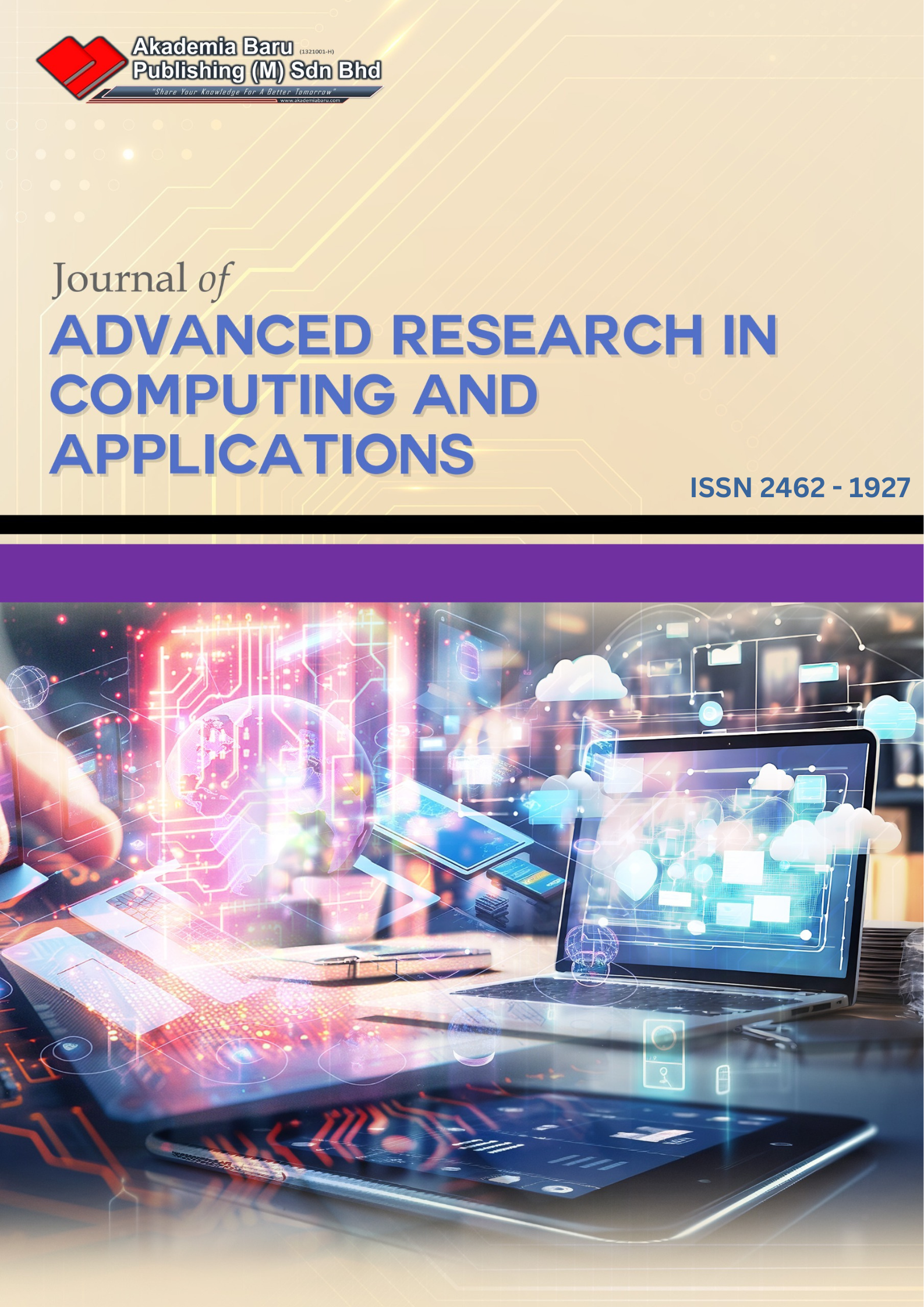LifeGuardian; A Smart Bracelet for Visually Impaired Elderly
DOI:
https://doi.org/10.37934/arca.36.1.2028Keywords:
Wearable Device, Sensors, Health, Internet of Things, Visually ImpairedAbstract
This study investigates the utilization of Internet of Things (IoT) as a promising technology to monitor and enhance individuals' well-being. The study aims to achieve a comprehensive understanding of the main objectives, namely, to assess the effectiveness of health bracelets in tracking vital signs and physical activity especially in the case of visually impaired people, to evaluate their impact on health outcomes, and to identify potential limitations and challenges. The study employs an agile-method approach, combining data analysis from a diverse sample of participants and qualitative research regarding health, into creating a unique Arduino device that utilises IoT and various sensors to track wearer’s vitals. Results indicate that LifeGuardian accurately measures heart rate, temperature, and valuable insights into individuals' overall health status. Moreover, wearing the LifeGuardian for an extended period has been associated with improved health activity levels and enhanced awareness of personal health. The discussion highlights the need for further research to address these limitations, as well as the importance of customization and personalization features in future bracelet designs. Overall, this study contributes to the growing body of knowledge on LifeGuardian and offers insights for researchers, practitioners, and developers to enhance the effectiveness and user experience of these wearable devices.
Downloads















